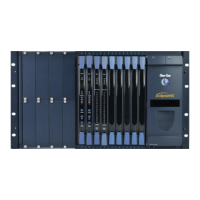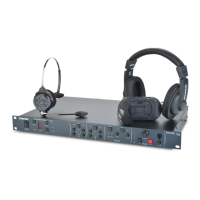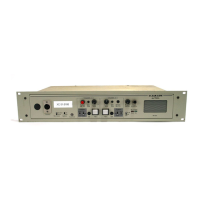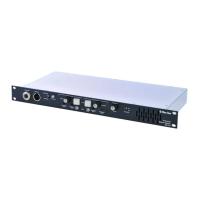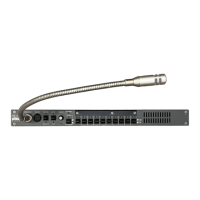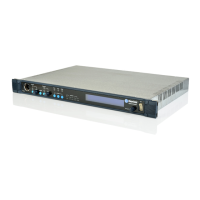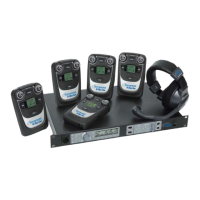Technical Guide | HelixNet IP Network Guidance Page 19
Hub
Hubs are commonly used to connect segments of a LAN. A hub contains multiple ports.
When a packet arrives at one port, it is copied to the other ports so that all segments of
the LAN can see all packets.
Managed / Unmanaged Switch
A managed switch can be configured to prioritize LAN traffic so the most important
information gets through. An unmanaged switch on the other hand behaves like a “plug
and play” device. It cannot be configured and simply allows the devices to communicate
with one another.
mDNS
multicast Domain Name System (mDNS) resolves host names to IP addresses within
small networks that do not include a local name server.
Powerline
A communication method that uses electrical wiring to simultaneously carry both data
and electric power.
Power over Ethernet (PoE)
Any of several standard or ad-hoc systems which pass electric power along with data on
twisted pair Ethernet cabling. This allows a single cable to provide both data connection
and electric power to devices such as wireless access points, IP cameras, and VoIP
phones.
Quality of Service (QoS)
QoS is a feature of routers and switches which prioritizes traffic so that more important
traffic can pass first. The result is a performance improvement for critical network
traffic. QoS equipment is useful with VoIP phones or in LANs with high volumes of local
traffic.
Router
A router is a device that joins networks together and routes traffic between them. A
router will have at least two network cards (NICs), one physically connected to one
network and the other physically connected to another network.
Spanning Tree Protocol (STP)
A network protocol that builds a logical loop-free topology for Ethernet networks. The
basic function of STP is to prevent bridge loops and the broadcast radiation that results
from them.

